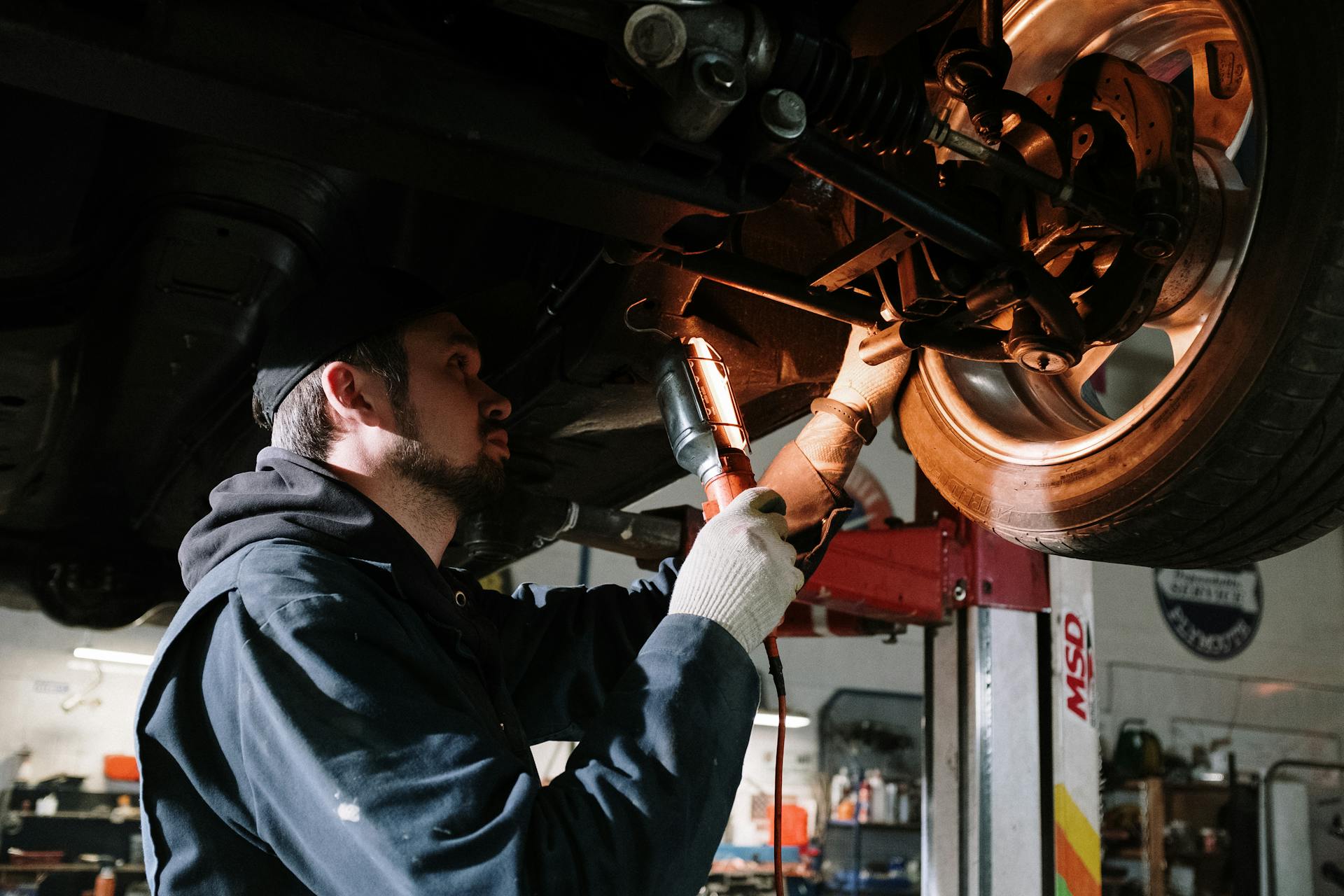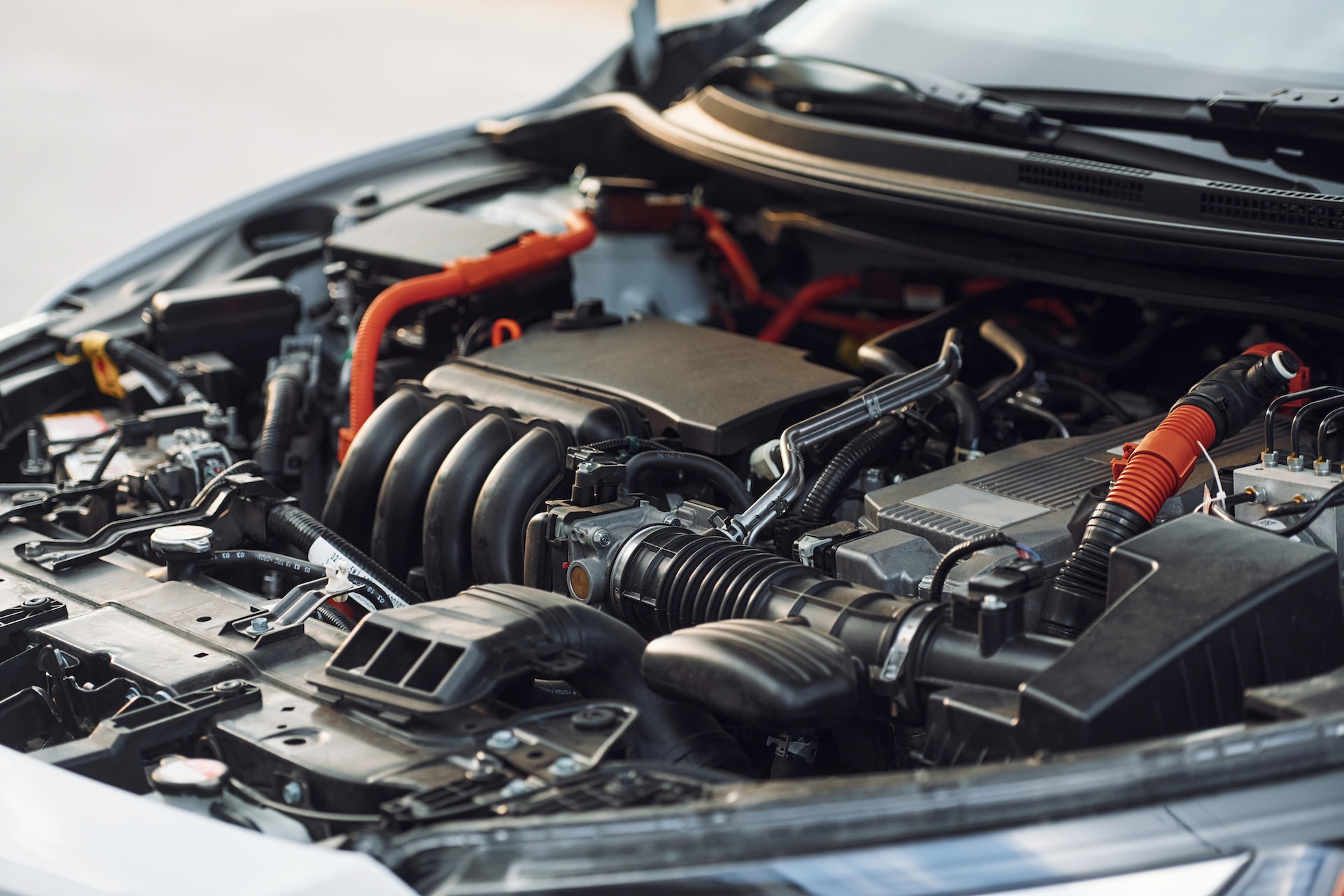Fleet vehicles cover hundreds of miles every week, sometimes across a variety of road conditions. With that kind of usage, wear and tear adds up fast. When breakdowns happen unexpectedly, it can delay jobs, upset deliveries, and push maintenance costs higher than they need to be. That’s where preventive maintenance becomes more than just a recommendation. It becomes a must.
Keeping a regular check on parts like brakes, tires, and engine fluids helps your commercial vehicles last longer and work more reliably. Instead of dealing with surprise issues on the road, fleet owners can plan better and stay ahead of problems. Whether you’re managing two vehicles or twenty, a strong maintenance plan keeps everything running and helps avoid the bigger repairs no business wants to deal with.
Why Preventive Maintenance Is Key For Commercial Vehicles
When vehicles are part of your daily operations, even a single delay can throw off schedules. Preventive maintenance gives you better control by addressing small problems before they grow into expensive repairs. It’s all about being proactive instead of reactive.
Here are a few ways consistent maintenance helps your fleet:
– Reduces the risk of unexpected breakdowns
– Keeps repair costs lower over time
– Improves fuel efficiency
– Helps extend the life of the vehicle
– Keeps your team safer on the road
Skipping a scheduled oil change might seem like no big deal, but over time, old oil thickens and damages engine components. Eventually, this could lead to a full engine repair or complete replacement. That’s far more time-consuming and expensive than a short oil service.
Preventive care also boosts performance and reduces downtime. Simple habits like mileage tracking, scheduling service based on driver feedback, and watching for warning lights can go a long way. The goal is not perfection. It’s about giving your vehicles the best shot at staying road-ready week after week.
Regular Inspection Schedules
Setting up a routine inspection schedule can catch minor issues before they grow. These checks don’t always take long, but they’re valuable in keeping performance consistent.
Here’s a basic checklist to review routinely:
1. Tires
Look for uneven wear, proper tread depth, and any signs of punctures. Tire pressure also plays a big role. Low pressure can drop fuel efficiency and overwork the vehicle.
2. Brakes
Squeaking, pulling to one side, or slow stopping may all mean wear. Pads and rotors wear down faster in heavy-use vehicles. Regular inspections matter.
3. Fluids
Monitor oil, brake fluid, power steering fluid, and coolant. Dirty or low fluids can lower performance and cause long-term harm.
4. Lights and Wipers
Make sure all lights function and replace bulbs as needed. Worn wipers can reduce visibility, especially during storms or dust.
5. Belts and Hoses
These parts dry out and crack with age. Catching wear early can keep your vehicle from being stuck unexpectedly.
Whether done weekly, bi-weekly, or monthly depends on how much your fleet runs. High-mileage vans or trucks may need more frequent checks. That’s why documentation helps. Tracking that a fluid was topped off or a brake pad replaced early could make the difference between a smooth week or major repairs.
Engine And Transmission Check-Ups
Engines and transmissions are the core of every vehicle. If either one fails, the truck or van is out of operation. Regular maintenance in these areas is just as important as keeping tires or brakes in shape.
Over time, engine oil wears out. It stops protecting the moving parts and collects dirt. Skipping oil changes puts your engine at risk of overheating or early wear. For fleet vehicles, those oil changes might need to happen sooner than with a typical car.
Transmission fluid also needs consistent checking. It keeps gears shifting smoothly. Strange shifts, burned smells, or hesitation can be early signs of a fluid problem. If belts are part of the system, they should be inspected closely. Look for cracks, fraying, or stretching.
A good way to stay ahead is mileage tracking. Schedule services based on distance driven so that even if something seems okay, it still gets looked over before problems develop. That’s peace of mind every time the keys turn.
Maintaining The Electrical System
Modern fleet vehicles rely more than ever on their electrical systems. From headlights to GPS units, these systems need to remain reliable.
Here are a few ways to keep them maintained:
– Battery Checks
Weak batteries are common and preventable. Watch for corroded terminals, bad cables, or low voltage. Standing idle for too long can drain a battery fast.
– Lighting Systems
Always test brake lights, turn signals, headlights, and cabin lights. They’re not just about visibility—they’re also a safety requirement.
– Fuses and Wiring
Frayed wires or blown fuses can lead to unpredictable system issues. If anything flickers or malfunctions, it’s worth checking the wiring before the problem grows.
– Dashboard Alerts
Don’t brush off those warning lights. Most newer vehicles have a system that will show codes to pinpoint what’s going on. Ignoring alerts usually ends in bigger problems later.
Electrical issues can mean delays or even failed inspections. Keeping these parts of your vehicle working properly is another step toward fewer missed assignments and more satisfied drivers.
Tire Maintenance Tips For Fleet Vehicles
Tires are one of the most hardworking components on a commercial vehicle. They carry the load and often see rougher routes than the average car.
Start with routine visual checks. Look for bubbles, nails, or signs of early wear. Unusual wear patterns indicate alignment or suspension issues that need to be fixed before they damage other parts of the vehicle.
Set up a tire rotation plan. Rotating tires helps them wear more evenly, which helps make the most of your investment. Many fleets do this during oil changes to keep both tasks on the same cycle.
Check alignment and balance regularly. Hitting a curb or pothole might not seem big, but over time, it can throw things off. Driving with poor alignment wears out tires faster and can make steering harder.
Last, tire pressure matters all year round. Low pressure often leads to quicker wear, more fuel use, and possible tire failure. But don’t overinflate in the summer, either. Hot roads and high pressure can be a blowout waiting to happen. Investing in a reliable tire pressure gauge is a simple move with lasting benefits.
How to Keep Your Fleet Reliable Long-Term
Running a commercial fleet brings real challenges every day, but routine preventive maintenance removes a lot of the surprise from the equation. When your maintenance schedule runs as smoothly as your delivery runs, you’re setting each vehicle—and your business—up for success.
From oil checks and brake inspections to keeping the electrical system in check and your tires in top shape, every area plays a part in keeping your vehicles rolling. When you catch problems early, you save money, time, and stress. You also help your team feel good about the tools they use every day.
The road is full of enough unknowns already. By nailing down a preventive approach, your commercial vehicles won’t just stay running. They’ll stay reliable when it counts most.
For fleet vehicle services that keep your operations running smoothly while minimizing unexpected issues, regular preventive maintenance makes a real difference. H&I Automotive is here to support your business with reliable care tailored to your vehicles. To see how we can help you stay ahead of problems before they start, explore our fleet vehicle services today.




